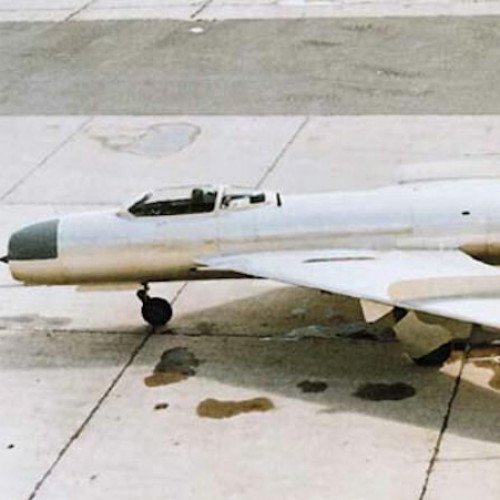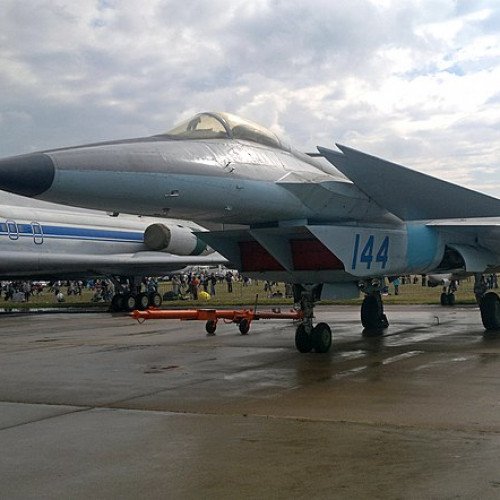Mikoyan-Gurevich I-3 vs Mikoyan Project 1.44

Mikoyan-Gurevich I-3
The Mikoyan-Gurevich I-3 was the first of three interrelated fighter prototype programs developed by the Mikoyan-Gurevich design bureau in the Soviet Union in the mid/late 1950s – starting with the I-3, continuing with the I-7 and finally evolving into the I-75. On several occasions airframes were rebuilt and/or reused, both within a program or in a succeeding program. All the aircraft in the I-3 program were affected by delays in the development of the Klimov VK-3 afterburning bypass turbojet engine, and its cancellation and replacement by the Lyulka AL-7F turbojet engine.
Statistics for this Xoptio

Mikoyan Project 1.44
The Mikoyan Project 1.44/1.42 (Russian: Микоян МиГ-1.44; NATO reporting name: Flatpack) was a technology demonstrator developed by the Mikoyan design bureau. It was the Soviet Union's answer to the U.S.'s Advanced Tactical Fighter (ATF), incorporating many fifth-generation jet fighter aspects such as advanced avionics, stealth technology, supermaneuverability, and supercruise. The design's development was a protracted one, characterised by repeated and lengthy postponements due to a chronic lack of funds; the MiG 1.44 made its maiden flight in February 2000, nine years behind schedule, and was cancelled later that year.